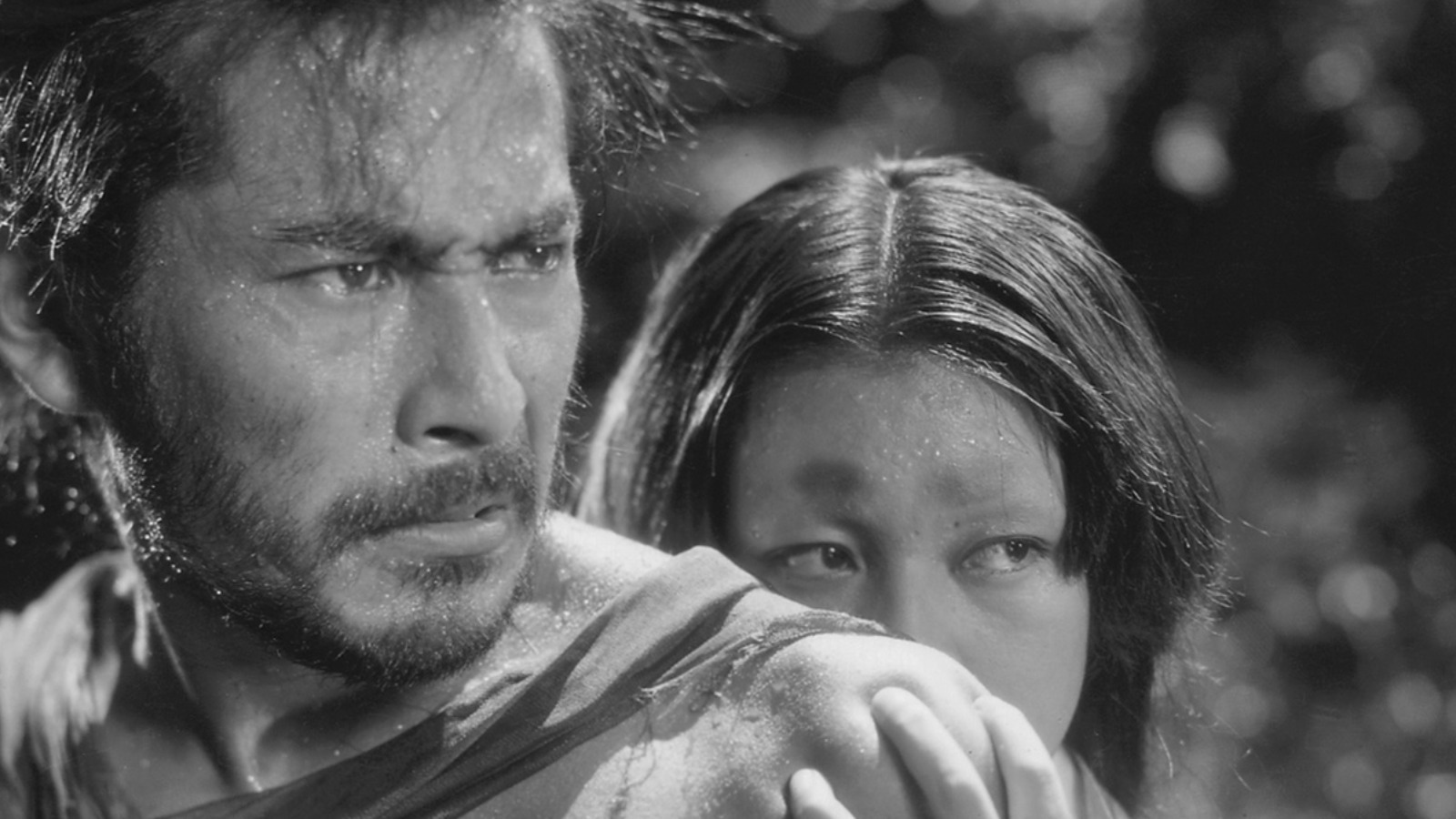In Rashomon, a murder in a forest is recounted from four conflicting perspectives, challenging the idea of objective truth. Through unreliable narrators and shifting viewpoints, Kurosawa crafts a groundbreaking meditation on perception, justice, and human nature.
Akira Kurosawa as an Auteur
Kurosawa revolutionized storytelling with Rashomon, using nonlinear structure, dynamic camerawork, and naturalistic lighting. His innovative use of deep focus, weather as a narrative device, and bold editing influenced global cinema.
Discussion Questions
- Film Technique: How does Kurosawa use framing, movement, and lighting to distinguish the different perspectives in Rashomon?
- Genre/Cultural Context: Rashomon challenges the concept of objective truth in storytelling. How does this relate to historical or philosophical ideas in Japan at the time?
- Auteur Signature: What filmmaking choices in Rashomon mark it as distinctly Kurosawa’s work?
- Personal Response: Did you like Rashomon? Why or why not?


No comments:
Post a Comment